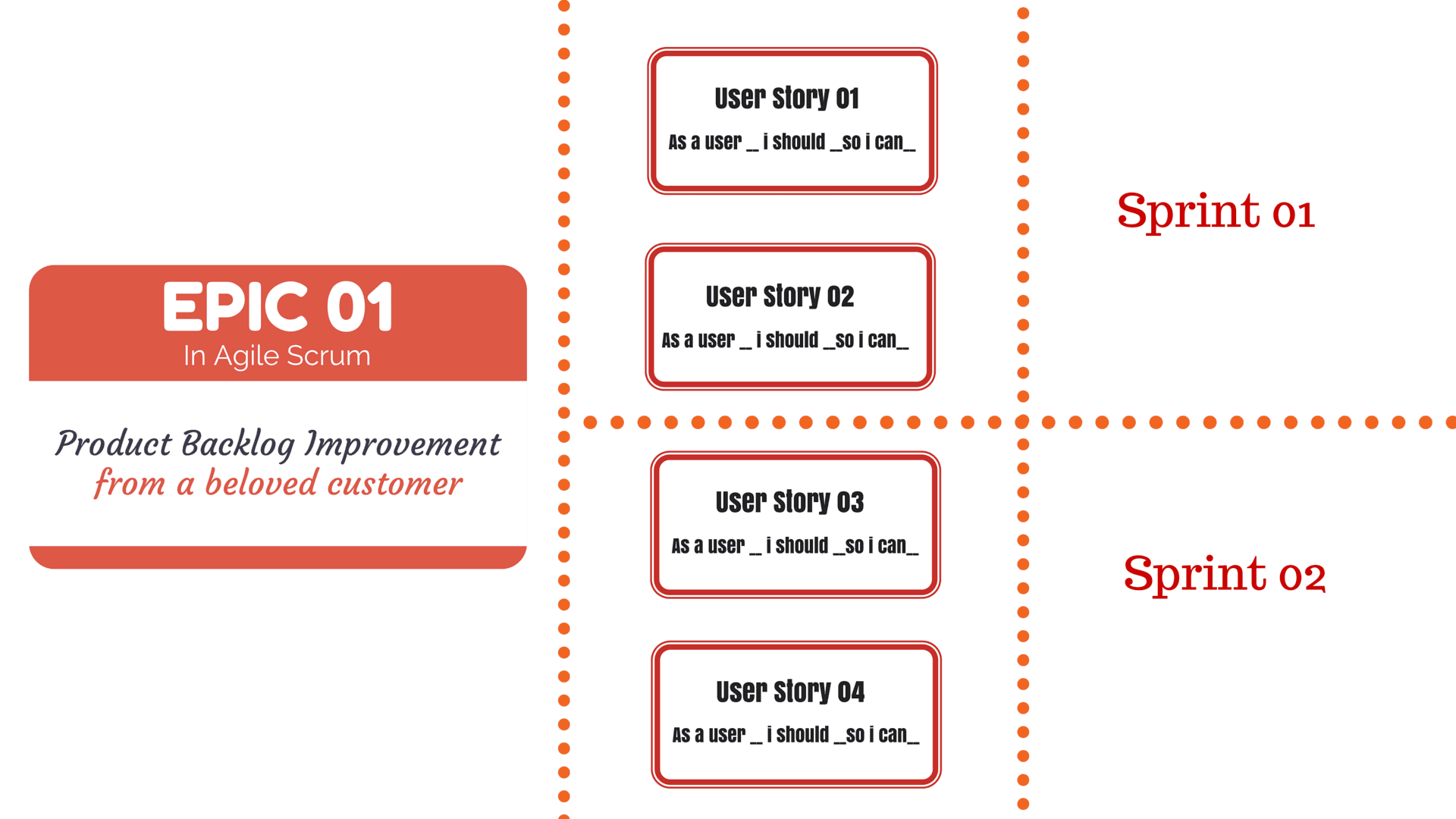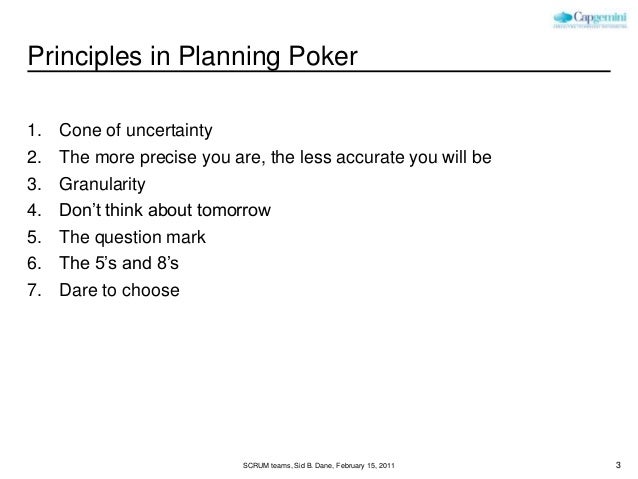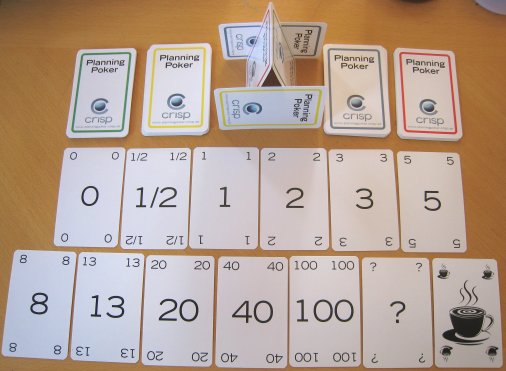Agile Planning Poker Rules
- Agile Planning Poker Rules Card Game
- Agile Planning Poker Rules How To Play
- Agile Planning Poker Rules For Beginners
- Agile Planning Poker Rules For Dummies
The rules of the game

In our previous blog post, we discussed key concepts for Agile planning, such as story points.Let’s continue with the rules of the Planning Poker game.
All you need is a deck of planning poker cards. And a team, of course 🙂 Then the procedure is simple:
The idea behind Planning Poker is simple. Individual stories are presented for estimation. After a period of discussion, each participant chooses from his own deck the numbered card that represents his estimate of how much work is involved in the story under discussion. Planning Poker® is one of the tools used in Agile. The reason why it is useful is that it helps the team, decide how many of the points are allocated to a specific story or task. It helps mitigate endless discussions. Friday, April 19, 2019.
Planning Poker - Agile Estimation for Dummies talk by Vineet at BarCampDelhi3 Slideshare uses cookies to improve functionality and performance, and to provide you with relevant advertising. If you continue browsing the site, you agree to the use of cookies on this website.
Agile Planning Poker Rules Card Game
- Team refreshes their definition of a baseline story.
- The Product Owner introduces the story that team will be estimating.
- Each team member decides how many story points he or she will allocate and picks the relevant card from the deck.
- When the facilitator gives a sign, all team members show their cards simultaneously.
- The people who allocated the most and the least points explain their reasons and a round of additional questions and clarifications follows.
- Then you do another round of estimations.
- If you are looking for a full consensus, you repeat the procedure until the estimates are very close or equal. If the team is satisfied with the revealed information, they can also agree on a specific number and move on to the next story. This
The estimators continue the poker planning process until a consensus on the value is achieved. If they cannot agree, the estimators may opt to defer the agile estimating and planning of a particular item, pending additional information. When should we engage in Planning Poker (Or Scrum Poker). I like to use Planning Poker to estimate the user stories on an agile team's product backlog. In this approach individual estimators hold up cards showing their estimates. If estimators disagree they discuss why, ask questions of their product owner (who should be present), and repeat until they come to consensu.
The main benefit from this is not really the precise estimate that you will get. It is just a consequence of a thorough discussion and good understanding that the team co-create as they ask questions and share views. So, if you decide to try planning poker, or you are already using it, remember – do not do it for the estimates only – in the first place, do it for the discussions and the knowledge sharing.

Alternative approaches
Planning Poker is a great practice for digging deeper into the stories and discovering “hidden” information in the team. However, it can be really time consuming.
When estimating a big amount of stories – for example, in release planning sessions, you can consider some of the following practices:
- Timebox discussions on individual stories. This will focus the team on the most important questions they want to raises.
- Use T-shirt sizes instead of story points. This reduces the pressure on the team for super accurate estimates, and focuses them on understanding the overall amount of work.
- Try techniques such as Big Wall estimation, or Bucket estimations. They help the team get an overview of the bigger picture, and reduces the overall estimation time.
Happy planning!
P.S. You can also check out our mobile Planning Poker application

- 4.95 €
- 31.00 €
- 43.00 €
- 39.75 €
One of the key meetings for teams working with a framework such as Scrum is the planning meeting that takes place at the beginning of every new sprint. During this meeting a team will meet to plan out the amount of work they believe they can complete during that iteration. One technique teams use during this meeting is Planning Poker®, which allows them to collaboratively estimate the complexity of the work in their backlog. One of the quickest ways for a Planning Poker® meeting to lose its effectiveness is by having too many people participating at once. Amazon CEO Jeff Bezos is well known for making sure the amount of people in a meeting is no larger than the number that can be fed by two pizzas. Steve Jobs was famous for asking people to leave from meetings if they didn’t have a purpose for being there. While there are no concrete rules for what the correct number of people in a Planning Poker® game should be, here are a few things that may be helpful to keep in mind:
Size of a Scrum Team
There is no set size for a Scrum team, but the Scrum Guide recommends sticking to approximately 3-9 team members. Any smaller and it becomes difficult to complete a significant amount of work within shorter iterations. Any larger and there is too much overhead for the team to manage effectively. This guideline can also serve to give an idea of how many people should be participating in a Planning Poker® session at once. If you have more people than this it may be good to split into separate teams and have a separate Planning Poker® game (if you are at the point where you have multiple Scrum teams trying to coordinate work on a larger project, it may be helpful to look into some of the scaling frameworks that are available such as Nexus or SAFe, but that is a topic for another article).
Not Everyone Will Necessarily Estimate
Although the Scrum Master and Product Owner can be invited to participate in Planning Poker®, estimation should be done by the team members that will actually be doing the work. It is still important for the Product Owner to be present to help clarify questions for the team about functionality / scope and for the Scrum Master to provide guidance on issues that might prevent the team from moving forward with their estimations, but the team is ultimately responsible for estimating as they will be the ones committing to completing the work during the sprint.
Agile Planning Poker Rules How To Play
Planning Poker® is Meant to Encourage Conversation and Shared Understanding
One of the main benefits of Planning Poker® is to enable members of the team that may have different skillsets to provide their perspective on the complexity of a particular story and identify gaps in understanding within the team. If someone points a story as a 1 and someone else as a 20, there are definitely some things that need to be discussed and clarified further. If you have a Planning Poker® game that is too large, it will become very difficult to allow everyone to share their opinion and it may take way too long to estimate each story.
Make Sure the Group is Discussing Features and Not Components
When you have a larger team in a Planning Poker® game, one of the dangers they can run into is that people get into the habit of pointing according to their area of expertise. So a team member that is more comfortable with front end development will point a “front end” story and a designer will point a “design” story and there are a few different issues with this. First, if this is happening there is a high likelihood that stories are not getting written or split correctly as they should be focusing on vertical slices of functionality as opposed to horizontally split component type stories. Another issue is that this gives the false impression of precision with the estimates. One of the primary goals of using something like story points and Planning Poker® is to avoid the trap of trying to come up with estimates that are too precise and that will likely be inaccurate. Finally, when teams estimate along these lines it reduces the amount of discussion around each story (see point #3) and everyone will be less involved when it comes to a story that they don’t consider to be in their wheelhouse.
Agile Planning Poker Rules For Beginners
Summary
Agile Planning Poker Rules For Dummies
As with most things in Agile there are no concrete answers for what works best. The most important thing is to continuously inspect and adapt as the project progresses, and focus on enabling good conversation within the team to build a shared understanding of what they are working to accomplish. This will take time and practice, but having a manageable team size is good place to start.